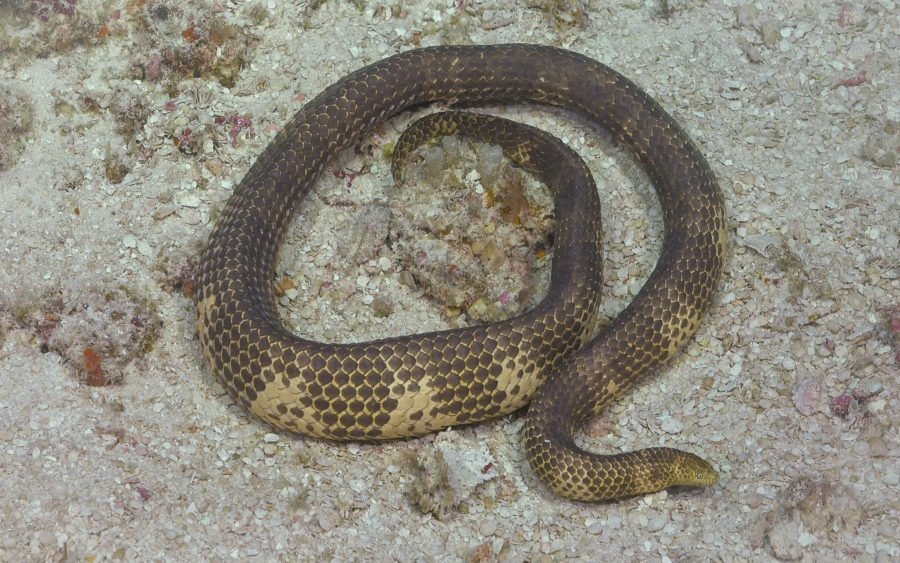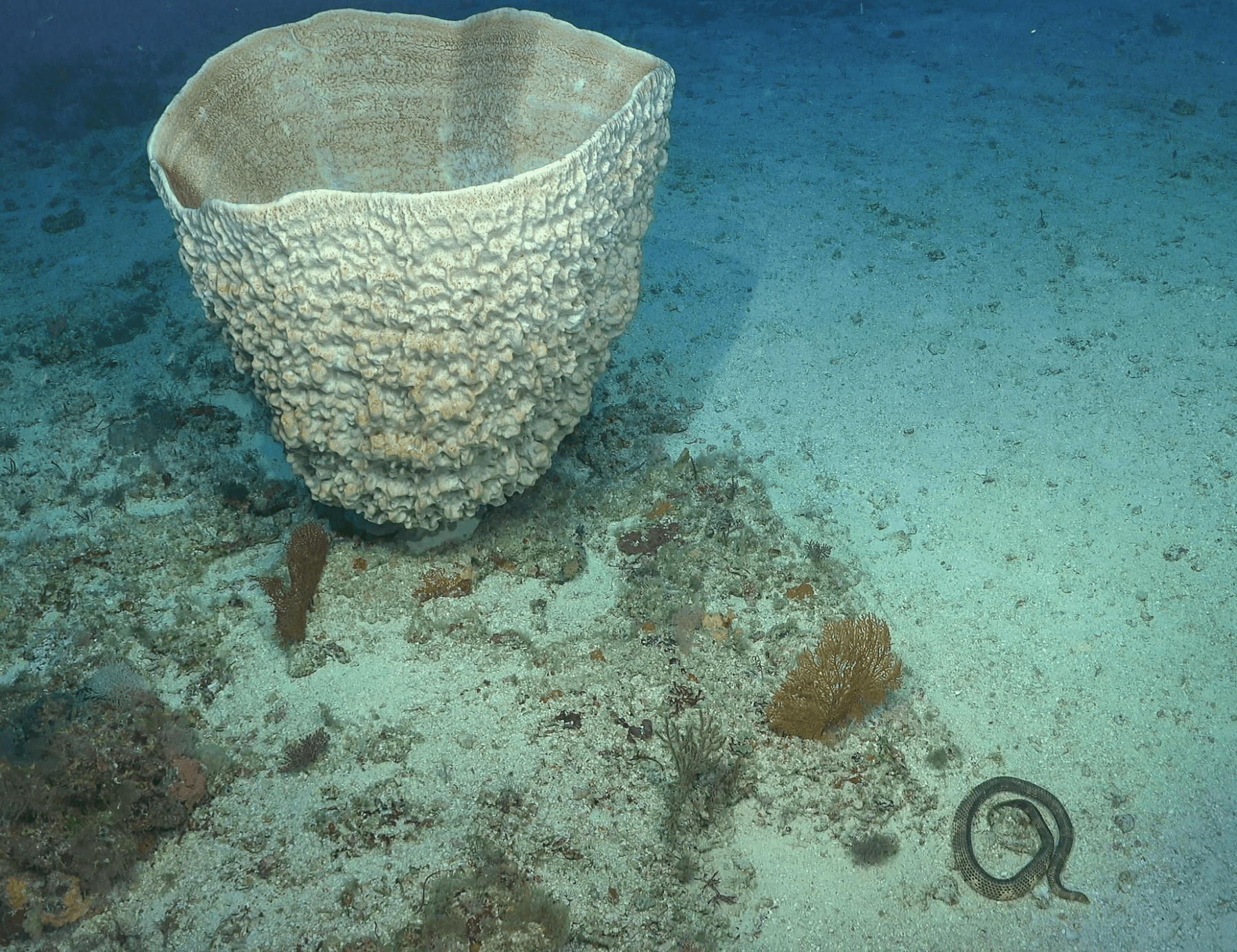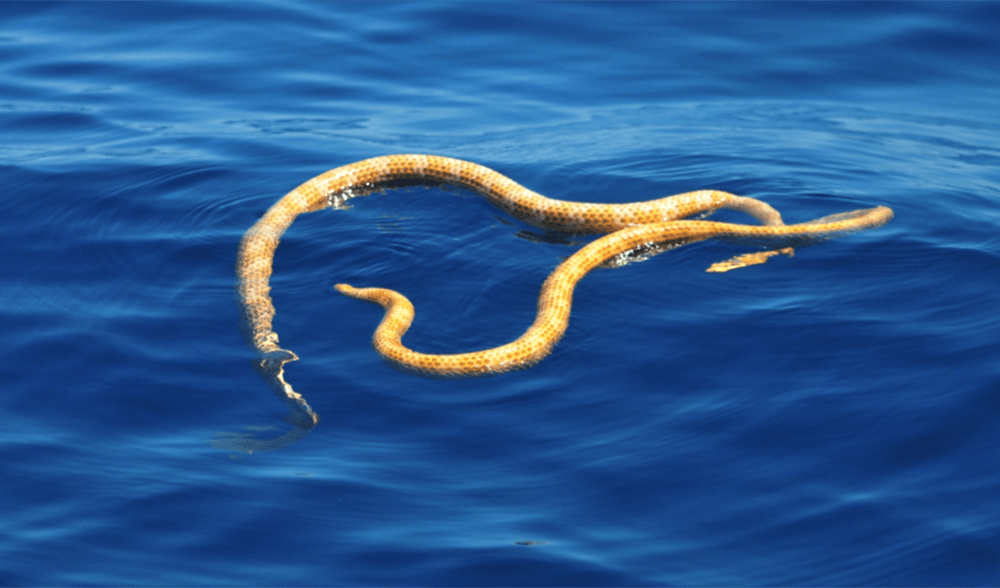Incredibly rare short-nosed sea snake re-discovered after 23 years

Bec Crew
Bec Crew

Spotted by researchers from the Schmidt Ocean Institute in Ashmore Reef off the northern coast of Western Australia, it’s the first time a short-nosed sea snake has been recorded in this location since 1998. The only other place the species is known to inhabit is Shark Bay, Western Australia, where a small population was found in 2015. They’ve also occasionally been spotted in waters between Exmouth and Broome.
Not only is it remarkable that researchers have proven that the critically endangered short-nosed sea snake is still hanging on in the waters of the tiny Ashmore and Cartier Islands, which decades ago was considered the most biodiverse global hotspot for sea snakes, but they have been able to explore the depths of Ashmore Reef – a place no team has gone before.
The short-nosed sea snake was sighted 67 metres below the surface at Ashmore Reef in a layer of ocean known as the twilight zone. The Schmidt Ocean Institute team used a submersible rover called SuBastian, carried by R/V Falkor ship, to make the deep dive.
“The whole ship of researchers was squealing in excitement,” Dr Karen Miller from the Australian Institute of Marine Science, who led the expedition, said.
“We can’t protect species we don’t know are there – this is why this expedition is so important, we’re at depths no-one has explored before, gaining critical knowledge as we uncover Ashmore’s deep-sea secrets.”
Here’s an image of the sighting:

Not a whole lot is known about the short-nosed sea snake. Like other sea snakes, they need to return to the surface to breathe, but they can stay submerged for a couple of hours, hunting fish and eels on the sea floor. They can even ambush their prey hiding in burrows by plunging their heads in the sand and striking at them.
So-called for their small, blunt heads, short-nosed sea snakes can grow to 80 cm long. They shed their skin every two to six weeks, which is more frequent than terrestrial snakes, presumably to rid themselves from marine parasites.
The species tends to be brown in colour with purple to brown patterns, but as you can see the image below, taken by scientists from James Cook University in Ningaloo Reef near Shark Bay, yellow individuals have also been sighted, perhaps because they are juveniles:

Short-nosed sea snakes, like all species from the genus Aipysurus, give birth to live young, instead of laying eggs. The males have two penises called hemipenes, a hallmark of snakes and lizards, which you can see pictures of here. (It’s worth a look – they’re bizarre.)
Now that we know the short-nosed sea snake species persists in Ashmore Reef, which has been a nature reserve since 1983, researchers are keen to understand if there is a breeding population that has been undetected for 20 years.
Hopefully they will have the opportunity to explore more of the area to get a better understanding of how many of these exceptionally rare sea snakes remain, and what can be done to protect them.

